This article was co-authored by wikiHow Staff. Our trained team of editors and researchers validate articles for accuracy and comprehensiveness. wikiHow's Content Management Team carefully monitors the work from our editorial staff to ensure that each article is backed by trusted research and meets our high quality standards.
There are 7 references cited in this article, which can be found at the bottom of the page.
This article has been viewed 8,894 times.
Learn more...
If you are experiencing chest pain and shortness of breath, you may be concerned that you have pleurisy. Pleurisy is a condition that occurs when the membrane layers that cover your lungs and the inner side of your chest cavity (the pleura) become irritated and inflamed. In addition to chest pain and shortness of breath, some people with pleurisy may also develop a dry cough and fever. Your doctor will use safe and painless diagnostic tests to determine whether you have the condition and what may have caused it.[1]
Steps
Detecting Common Symptoms
-
1Take note of any pain in your chest. Chest pain is the most common symptom of pleurisy. If you have pleurisy, you'll likely feel a sharp pain in your chest when you breathe deeply.[2]
- In some cases, people also feel some pain in their shoulders or back.
- Coughing, sneezing, or moving around will often make this pain worse.
-
2Pay attention to any shortness of breath. Another symptom of pleurisy is shortness of breath. If you find yourself taking shallow breaths to relieve the pain in your chest, this could be another indication that you have pleurisy.[3]
- Shortness of breath is also a symptom of many other conditions.
Advertisement -
3Listen for a dry cough. In some cases, pleurisy may cause a dry cough. This can happen if a large amount of fluid builds up in the pleural space and puts pressure on your lung.[4]
- A dry cough is a cough that doesn't bring up any phlegm.
-
4Take your temperature to see if you have a fever. In some cases, pleurisy may also cause a fever. This happens when fluid in the pleural space becomes infected. Symptoms of a fever may include: sweating, chills, headache, muscle aches, and irritability. If your body temperature rises above the average normal body temperature of 98.6 °F (37.0 °C), you may have a fever.[5]
- If your body temperature reaches 103 °F (39 °C) or higher, you should call your doctor as soon as possible.[6]
- Many conditions cause fevers, but if you come down with a fever and suffer from the other symptoms listed above, you may have pleurisy.
-
5Keep a record of your symptoms. To help your doctor with making an accurate diagnosis, you'll want to make a list of any symptoms you feel along with any other details you think may be relevant. Take special care to note when your symptoms began and whether they go away and then come back. You'll also want to think about the following questions:[7]
- What do your symptoms feel like? Chest pain that worsens when you breathe, sneeze, or cough is a sign you could have pleurisy.
- Where do you feel pain? Your doctor may suspect you have pleurisy if you feel pain in your chest, shoulder, and back.
- What makes your symptoms worse or better? If taking shallow breaths eases your pain, pleurisy is a possibility.
Seeing Your Doctor
-
1Call your doctor to set up an appointment if your symptoms persist. Only a doctor can definitively diagnose pleurisy and determine the best treatment. If you have any of the symptoms listed above or any other health concerns, you'll want to call your doctor without delay to schedule an appointment.[8]
- You should seek immediate medical help if you feel unexplained pain in your chest when you breathe.
- Call emergency services if you experience severe difficulty breathing, intense chest pain, bluish lips or fingernails, or other life-threatening symptoms.[9]
-
2Let your doctor listen to your breathing during a physical exam. When you visit a hospital with pleurisy-like symptoms, the first thing a doctor is likely to do is listen to your breathing. Using a stethoscope, they'll listen for any abnormal sounds that may indicate you have pleurisy or some other pleural condition.[10]
- If you have pleurisy, your doctor will likely hear a rough, scratchy sound when you breathe.
-
3Have a chest X-ray to detect fluid in the pleural space. An X-ray of your chest will let your doctor see if there is any air or fluid between your lungs and ribs. An X-ray may also reveal whether a viral infection, bacterial infection, a fractured rib, or a rarer condition like lung cancer or sickle cell disease is causing your pleural disorder.[11]
- Your doctor may also have you lie on your side for a chest X-ray to get a more complete picture of the pleural space.
- Having an X-ray is a painless process and is nothing to worry about.
-
4Get a blood test to detect conditions associated with pleurisy. A blood test will give your doctor a more complete view of your overall health. The results of a blood test will reveal whether you have any illness that puts you at an increased risk of pleurisy or another pleural disorder.[12]
- Illnesses that increase your risk of pleurisy include: viral infections, pneumonia, pancreatitis, lupus, kidney disease, etc.
- Your doctor will generally take a blood sample from an artery in your wrist.
-
5Take a CT scan of your chest for a detailed picture of your lungs. Taking a chest CT scan will provide you and your doctor with a detailed, computer-generated picture of your lungs. This picture will let your doctor see if there are any pockets of fluid in your lungs.[13]
- While a CT scan sounds like a serious procedure, it is a painless test.
-
6Create a picture of your lungs with an ultrasound. Using soundwaves, an ultrasound scan will take a detailed picture of your lungs. Like a CT scan, an ultrasound will let your doctor see if there is any fluid in your chest and where it is located.[14]
- Having an ultrasound is also safe and painless.
-
7
-
8Remove fluid for further analysis. If your doctor finds that fluid has built up in the pleural space, they may want to draw some of that fluid out for further testing. To do this, your doctor will insert a thin needle between your ribs. This procedure is called thoracentesis (THOR-ah-sen-TE-sis).[17]
- Your doctor will use a local anesthetic between your ribs, so you will feel no pain during the procedure itself.
- While this procedure carries the minor risks of pain, bleeding, and infection, these complications are rare and easy to treat.
References
- ↑ https://www.mayoclinic.org/diseases-conditions/pleurisy/symptoms-causes/syc-20351863
- ↑ https://www.nhsinform.scot/illnesses-and-conditions/lungs-and-airways/pleurisy
- ↑ https://www.mayoclinic.org/diseases-conditions/pleurisy/symptoms-causes/syc-20351863
- ↑ https://www.mayoclinic.org/diseases-conditions/pleurisy/symptoms-causes/syc-20351863
- ↑ https://www.mayoclinic.org/diseases-conditions/pleurisy/symptoms-causes/syc-20351863
- ↑ https://www.mayoclinic.org/diseases-conditions/fever/symptoms-causes/syc-20352759
- ↑ https://www.nhlbi.nih.gov/health-topics/pleurisy-and-other-pleural-disorders#Treatment
- ↑ https://www.nhsinform.scot/illnesses-and-conditions/lungs-and-airways/pleurisy
- ↑ https://www.healthgrades.com/conditions/pleurisy
- ↑ https://www.nhlbi.nih.gov/health-topics/pleurisy-and-other-pleural-disorders#Treatment
- ↑ https://www.nhlbi.nih.gov/health-topics/pleurisy-and-other-pleural-disorders#Treatment
- ↑ https://www.nhlbi.nih.gov/health-topics/pleurisy-and-other-pleural-disorders#Treatment
- ↑ https://www.nhlbi.nih.gov/health-topics/pleurisy-and-other-pleural-disorders#Treatment
- ↑ https://www.nhlbi.nih.gov/health-topics/pleurisy-and-other-pleural-disorders#Treatment
- ↑ https://www.mayoclinic.org/diseases-conditions/pleurisy/diagnosis-treatment/drc-20351866
- ↑ https://www.mayoclinic.org/tests-procedures/ekg/about/pac-20384983
- ↑ https://www.nhlbi.nih.gov/health-topics/pleurisy-and-other-pleural-disorders#Treatment




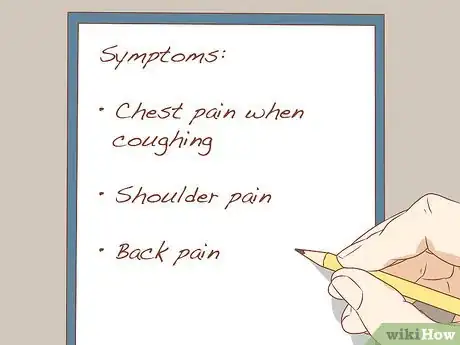


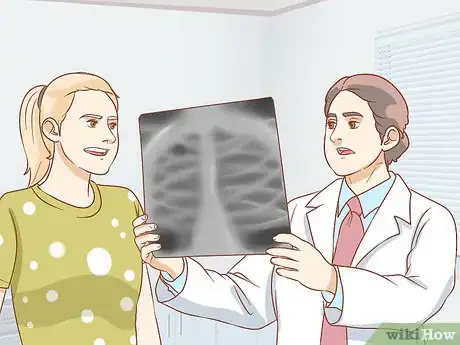
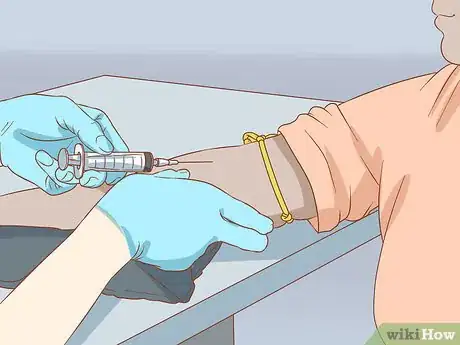

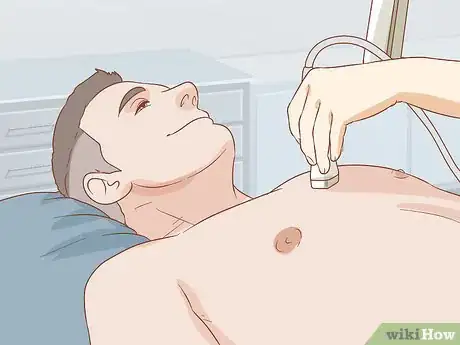

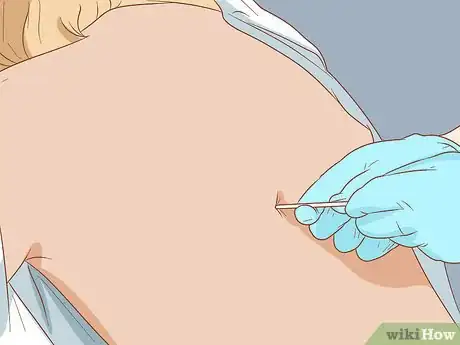

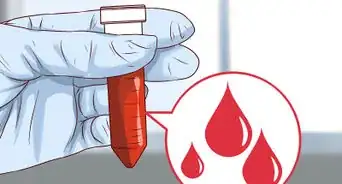




















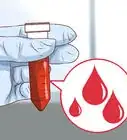





































Medical Disclaimer
The content of this article is not intended to be a substitute for professional medical advice, examination, diagnosis, or treatment. You should always contact your doctor or other qualified healthcare professional before starting, changing, or stopping any kind of health treatment.
Read More...